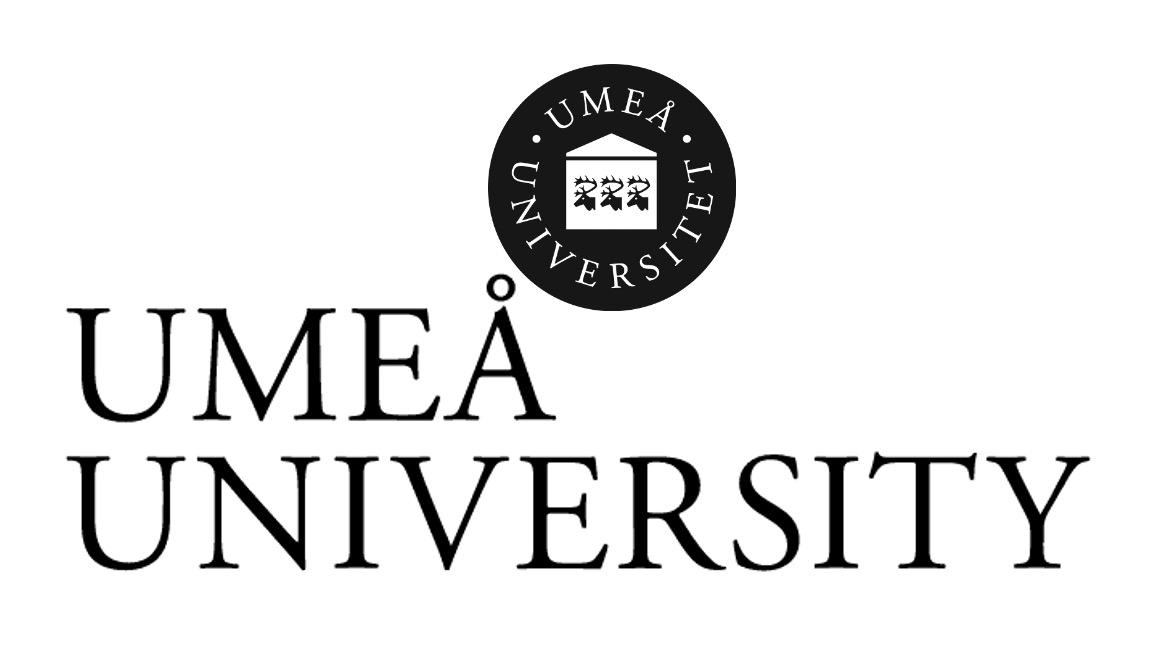Table of Contents
Phloem Definition
Phloem is a complex tissue found in vascular bundles of vascular plants. It helps in the transportation of soluble organic compounds. The phloem transport sugars to the plant organs using ATP and turgor pressure. It is made up of living tissue that helps in transferring food material to fruits, flowers, buds, and roots.
The vascular bundles consist of two types of the cell including xylem and phloem. Xylem is formed by non-living material and helps in the transportation of water and minerals from the root.
Phloem Function
The phloem moves photoassimilates by using a translocation system. The food is mainly in the form of sucrose sugars and proteins, produced by leaves by the process of photosynthesis.
In the first step, the sugars are loaded to the phloem by active transport, which is followed by the next step of translocation of the sugar or photoassimilates. Translocation is explained by the pressure-flow hypothesis.
The cell creates an osmotic gradient in case of a high concentration of organic substances within the cell. To create a sugar solution and a high turgor pressure within the phloem, water is drawn passively from the adjacent xylem over the gradient. Due to the high turgor pressure, the water and sugar solution moves through the phloem tubes.
The sugars are moved in the sink tissues such as roots, stem, flowers, etc. the sink tissues receive the sugar solution and use it for various metabolic processes and growth. The reducing concentration of sugar in the solution results in a drop of water influx from the xylem. Thus at the sink, the phloem has low pressure. The photoassimilates can move bi-directionally within the plant.
Phloem Structure
There are several components in the structure of the phloem that works together to complete the transportation of sugars from a source to sink tissues. The sink tissues consume the sugar and store extra sugar particles.
i. Sieve Elements
The elongated, narrow cells are called sieve elements. They form the structure of phloem by connecting. In plants, the sieve element cells are the most highly specialized cells. They lack a nucleus at maturity and also lack other cellular organelles including ribosomes, cytosol, and Golgi apparatus.
They do this to increase their available space for the conduction of materials. Sieve elements are of two types including the sieve member and the sieve cells. Angiosperms consist of sieve members whereas sieve cells are present in gymnosperms. However, both are derived from a common ‘mother cell’ form.
ii. Sieve Plates
Sieve plates are located at the connections between sieve member cells. They are modified plasmodesmata that are relatively large, thin areas of pores. The sieve plats have the major function to facilitate the exchange of materials between the element cells.
When the phloem has any cut or damage due to grazing animals and insects, the sieve plates act as a barrier and prevent the loss of sap. The sieve element forms a unique protein, called P-protein after injury and releases it from its anchor site.
A clot is formed on the pores of the sieve plats by the P-protein that prevent the loss of sap in the damaged sieve element. The sieve elements of gymnosperms have more primitive features as compare to the angiosperms. They also have numerous pores at the end of the cell walls.
iii. Companion Cells
The companion cells are usually present in the angiosperms, which is closely associated with each sieve element, whereas in gymnosperms, an albuminous cell or Strasburger cell is present. The nucleus of the companion cell is packed with dense cytoplasm that contains ribosomes and many mitochondria.
The presence of these organelles enables the companion cell to perform various metabolic reactions and cellular functions. Whereas these reactions cannot be performed by sieve elements due to lack of organelles and depend upon the companion cells for their survival. A plasmodesma connects the sieve tube and companion cell.
Plasmodesmata are usually defined as a channel that connects the cytoplasm of adjacent cells to transfer the materials. Thus, the companion cell fuels the transport of materials around the plant and also facilitates phloem loading and unloading. The companion cells also play important role in generating and transmitting signals.
iv. Parenchyma
Parenchyma makes up the filler of plants tissues. It is a collection of parenchymatous cells having thin and flexible walls of cellulose. The storage of starch, fats, and proteins are also some major functions of parenchyma tissues.
v. Sclerenchyma
The sclerenchyma has the chief function of supporting the plant. There are two forms of sclerenchyma, fibers, and sclereids. Both the forms have a thin secondary cell wall that dies at maturity. The tissues provide stiffness and strength to the plant.
The bast fibers are narrow, elongated cells consisting of thick walls made up of cellulose, hemicellulose, and narrow lumen.
The sclereids do not have any regular shape and are shorter than fibers. The functions of sclereids include providing strength to the phloem and restrict flexibility. The sclereids generate a gritty texture while chewing thus also protects from herbivores.







